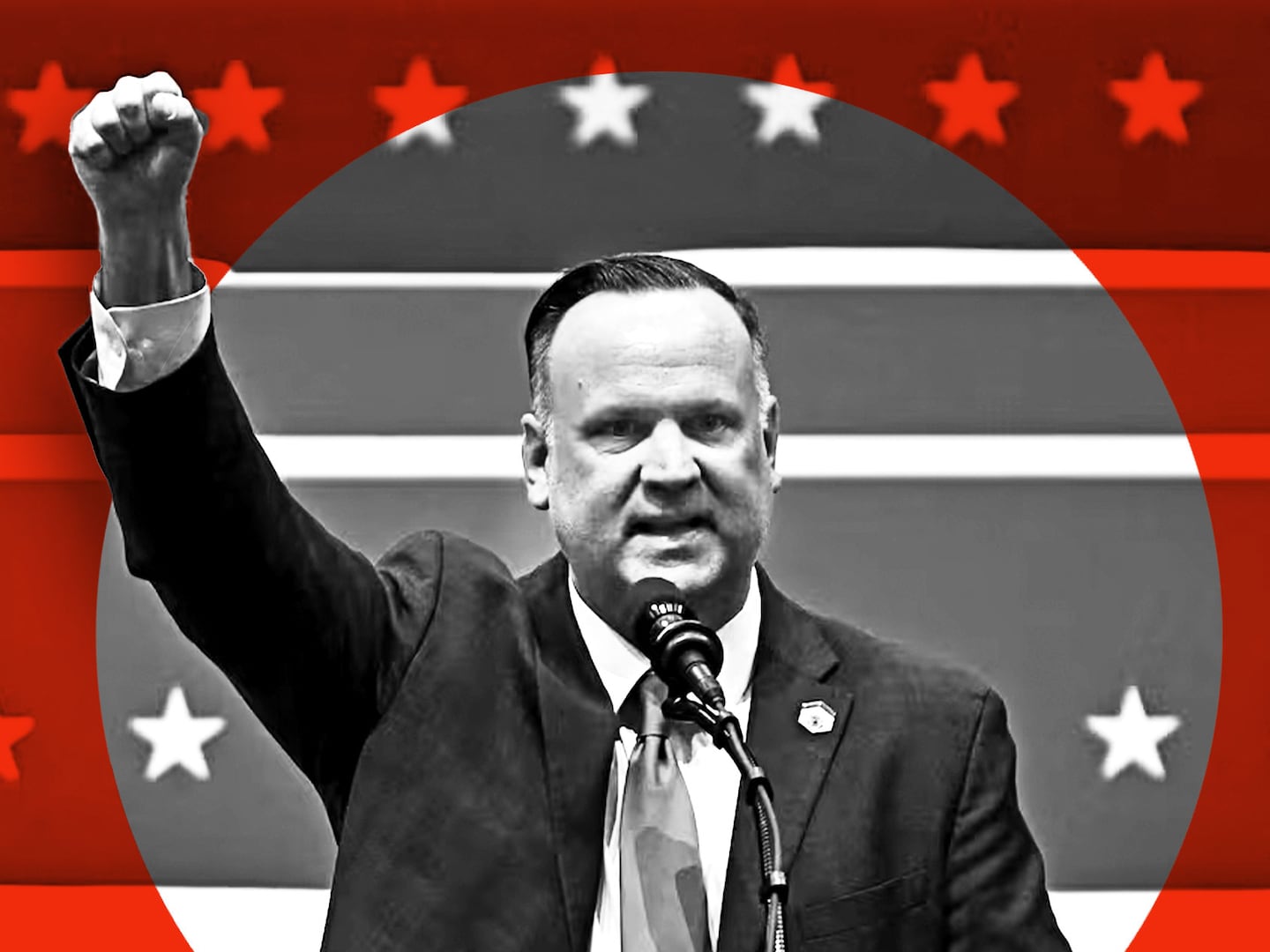The much-vaunted Democratic turnout machine didn’t fail Tuesday. Volunteer shifts made record numbers of calls and door knocks across the country to turn out Democratic voters. In fact, according to NGP-VAN, the company that handles data for the Democratic allies, voter contacts were up 54 percent over 2010 and, in some states, even rivaled 2012 numbers.
The problem is that they might have been calling some of the wrong voters and knocking some of the wrong doors.
The Daily Beast has learned that in the crucial swing states of Iowa, North Carolina, and Colorado, the DSCC made a decision in September to put an increased emphasis on persuasion, talking undecided voters into supporting Democratic candidates rather than turning out its base voters. In other words, instead of going after the type of people who reliably vote Democrat but don’t reliably show up on Election Day, they focused on voters who were somewhat more likely to vote but hadn’t firmly made up their minds
These undecided, persuadable voters were identified via a computer model that ranked and ordered voters as targets of persuasion not just through volunteer contact but through direct-mail paid media as well. The problem was that, at least in Iowa, this model was imperfect.
According to information obtained by The Daily Beast, the universe of persuasion targets in the Hawkeye State according to this model included 33 percent Republicans and 50 percent independents. These voters were contacted by volunteers and received at least 10 different pieces of direct mail in addition to whatever television and radio advertisements they saw or listened to. Initial data indicate that more than 60 percent of voters in this group who actually turned out on Election Day supported Republican candidates.
This was compounded by making overly optimistic assumptions about independent voters who had signed up for absentee ballots in Iowa. Internal Democratic estimates projected that Bruce Braley, the losing Senate candidate in Iowa, would have a lead of roughly 28,000 votes going into Election Day based on absentee ballots. Instead, he only won early voters by 18,000 votes. This difference: Braley was projected internally to be getting support from 65 percent of independents who voted early; he ended up much closer to 50 percent.
None of these decisions individually determined the course of the election. As a Democratic strategist took pains to point out to The Daily Beast, “turnout was always a priority in Iowa, North Carolina, and Colorado” and Democrats were able to build “multi-layer programs” that accomplished a variety of goals, including turning out base Democrats and trying to woo undecided voters. Further, creating models for persuasion is “incredibly hard.” Unlike calculating the likelihood that a voter will show up at the polls or how strongly partisan they are, it takes a much more sophisticated effort that changes with events. After all, diehard partisans rarely change their stripes—but floating voters who can be persuaded are more difficult to identify and far more prone to changing their minds.
Instead, problems with this strategy may have just compounded the difficulties for Democrats in what turned out to be a wave election year for the GOP. One Democratic strategist looking back at the numbers in Iowa said there appeared to be about 20,000 to 30,000 Democratic voters in the Hawkeye State who didn’t show up on Election Day. This drop in turnout could be attributed to a number of other factors, including the poor atmosphere and Braley’s poor Des Moines Register poll numbers on the eve of the election, when it turned out the candidate who seemed to be tied was actually down by seven percentage points.
Regardless of how it occurred, this gap was not decisive in a state where Braley lost by nearly 100,000 voters. The four-term Democratic congressman has long been labeled a flawed candidate by outside observers, particularly for his infamous comments attacking Iowa Republican Sen. Chuck Grassley as a farmer who did not go to law school.
But a strategy that refocused Democratic volunteers on persuading their neighbors to back the ticket rather than pushing marginal voters to cast their ballots early certainly had an effect, particularly with the imperfect universe used to determine those voters who could be persuaded. In a presidential election, this matters less. After all, almost everyone with the inclination to vote will show up at a polling place. But turnout tends to be far more variable in a midterm election and modeling become far difficult. But there’s time for Democrats to go back to the drawing board—and certainly their ability to model has been far more successful in recent presidential elections than in off years.
In the meantime, one Democratic operative shrugged off Tuesday’s results: “Sometimes people just fucking hate you.” The problem is that you don’t do any favors for your campaign if you’re accidentally pushing some of those people to turn out.






